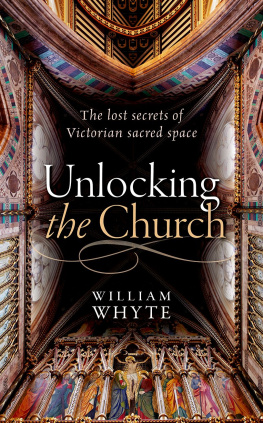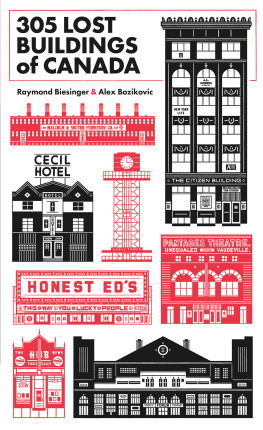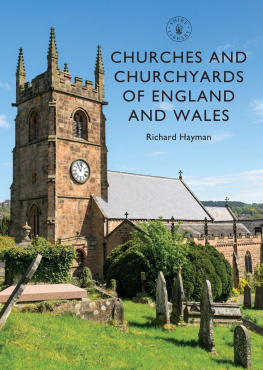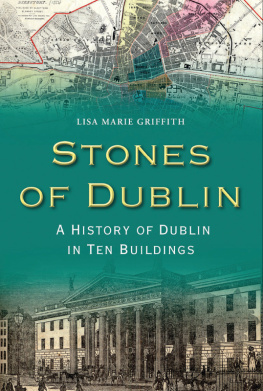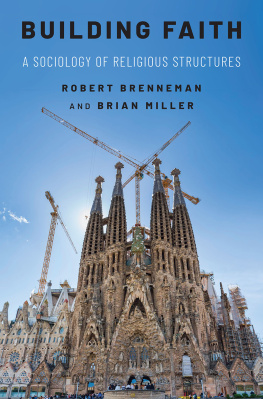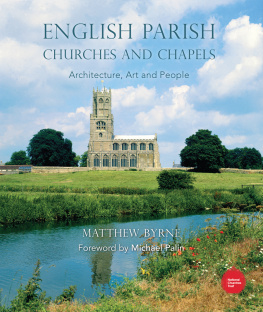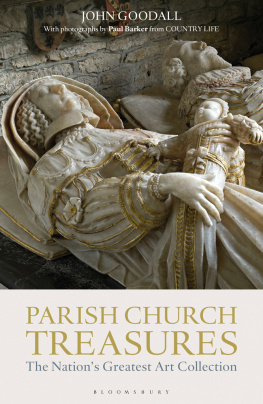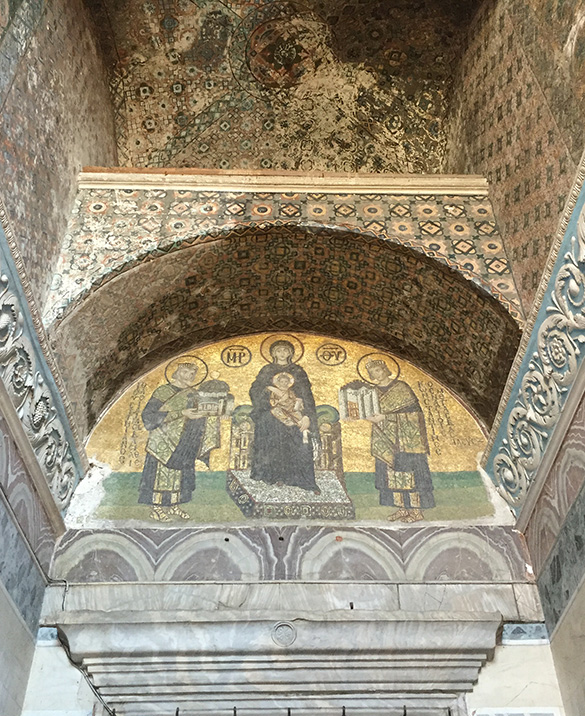Oxford University Press is a department of the University of Oxford. It furthers the Universitys objective of excellence in research, scholarship, and education by publishing worldwide. Oxford is a registered trade mark of Oxford University Press in the UK and in certain other countries
All rights reserved. No part of this publication may be reproduced, stored in a retrieval system, or transmitted, in any form or by any means, without the prior permission in writing of Oxford University Press, or as expressly permitted by law, by licence or under terms agreed with the appropriate reprographics rights organization. Enquiries concerning reproduction outside the scope of the above should be sent to the Rights Department, Oxford University Press, at the address above
You must not circulate this work in any other form and you must impose this same condition on any acquirer
Links to third party websites are provided by Oxford in good faith and for information only. Oxford disclaims any responsibility for the materials contained in any third party website referenced in this work.
Acknowledgements
I am deeply indebted to so many people for help in the preparation of this book, especially considering all those who welcomed me and shared their knowledge and enthusiasm for the many wonderful churches that could not be included here, or made only cameo appearances. To all of them, and for their welcome and infectious enthusiasm, my deep and heartfelt thanks.
While preparing these chapters, I have been showered with help wherever I went. In Jerusalem, the late Fr Jerome Murphy-OConnor provided a most convivial lunch as well as his immense erudition and valuable introductions. Fr Fergus Clarke and Fr Athanasius Thomac of the Franciscan community at the Holy Sepulchre provided unparalleled insight into the daily workings and limitations of the Status Quo. At the Haram, Dr Yusuf Natsheh, Director of the Department of Tourism and Archaeology, provided all that could be wished for in that holy place. In Rome, the late Most Revd Mons. Francesco Cardinal Marchisano, as Archpriest of the Papal Basilica of St Peter, and His Eminence Angelo Cardinal Comastri, as President of the Fabbrica di San Pietro, effected introductions and access, Dr Maria Cristina Carlo-Stella, Head of Office for the Fabbrica di San Pietro, shared her knowledge of the fabric, and Professor Paulo Liverani of the University of Florence shared his of the archaeology. His Eminence Gianfranco Cardinal Ravasi, President of the Pontificia Commissio de Bonis Culturalibus Ecclesiae and Vice-President, +P. Ab. Dom Michael John Zielinski, OSB, were extremely generous with their time. Fr Michael Dunleavy, OP, gave insight into the Basilica of San Clemente. At Hagia Sophia, I was welcomed by Defne Tekay Kucur and Sabriye Karahan Parlak of the Archaeological Department of the Museum. In Moscow, Olga Shashina of the Kremlin Museums opened the collections to me and commented on an early draft of the chapter on the Cathedral of the Dormition, and Dr Ekaterina Stanyukovich-Denisova, of St Petersburg State University, and her colleagues introduced me to the marvels of Novgorod and Vladimir. At Aachen Cathedral, Dombaumeister Helmut Mainz showed me the fabric in fine detail, and Professor Max Kerner and Isabel Blumenroth of the Department of History at RWTH Aachen placed it in historical perspective. Professor Benjamin Mouton, Architecte en chef and Inspecteur gnral des monuments historiques, offered his experience of the restoration of St-Denis. In Ewelme, Sally Fehr, Almsman of Gods House, welcomed me into her house in the cloister, the Vicar, the Revd Dr Patrick Gilday, told me about the contemporary parish and Foundation, and Professor Vincent Gillespie cast an eye over an early draft of the chapter. In Cordoba, the Praecentor and Chapel Master Canon Antonio Francisco Murillo Turralbo received me warmly, and in Tarragona I visited the site of the martyrdom of Fructuosus with Dr Pablo Aparicio Durn. For the Crimean Memorial Church, I had the benefit of the work of Dr Geoffrey Tyack, the long experience of the incumbent, Fr Ian Sherwood, and the archival assistance of Emma Floyd and Jette Nielsen of the Paul Mellon Centre in London.
Besides these very specific contributions is the constant support given by colleagues, friends, and family. There are, of course, the librarians of the Bodleian, Weston, and Sackler libraries of the University of Oxford and James Fishwick of the College Library. Other colleagues at Lady Margaret Hall, Oxford, have given support throughout the project and the College itself has provided generous research grants, as has the University of Oxford from the John Fell Fund. Some of the Fellows of the College, including Dame Frances Lannon, Professors Anna Sapir Abulafia, Xon de Ros, Gillian Peele, Peter Hainsworth, and Vincent Gillespie, have read and commented on sections, making valuable suggestions and pointing out pitfalls. I would also like to thank my editorial team at Oxford University Press: Luciana OFlaherty, who suggested I write this book, Matthew Cotton, Kizzy Taylor-Richelieu, Rosanna van den Bogaerde, Guy Jackson, and Hilary Walford. My two anonymous readers were immensely helpful with their comments, which greatly improved the final result, and Sir Diarmaid MacCulloch, Professor Richard Etlin, and Lord Williams all made invaluable suggestions and gave generous endorsements, for which I am extremely grateful. It has been a great pleasure to work with them all, and together they have made it a much better book. My sons, John, Jamie, and Nick, have been travelling companions and tolerant listeners. Finally, Liz Jones and Mark Potter have been regular travelling companions, readers, architectural commentators, and frequent hosts over the years of research and writing, and it is to them that I, with immense gratitude, dedicate this book.
For Mark and Liz
Contents
Buildings are about people, the people who conceive, design, finance, and use them. Their stories become embedded in the very fabric itself, the bricks and mortar, and, as the fabric is changed through time in response to changing use, relationships, and beliefs, the architecture becomes the standing history of the passing waves of humanity. This process takes on particular significance in churches as places of worship and ceremony. The arrangement of the spaces places members of the community in relationship with one another for the performance of the rites and ceremonies of the Church. Moreover, architectural forms and building materials can be used to establish relationships with other buildings in other places and other times. Coordinated systems of signs, symbols, and images conjure beliefs, doctrine, and even extended narratives of the people and their faith.



